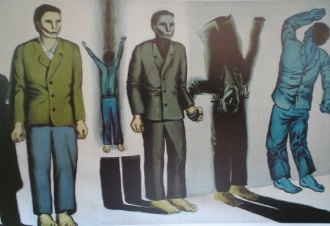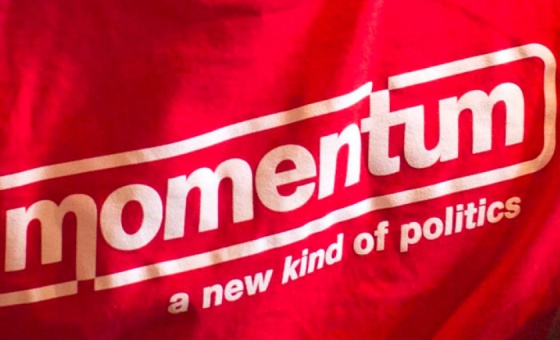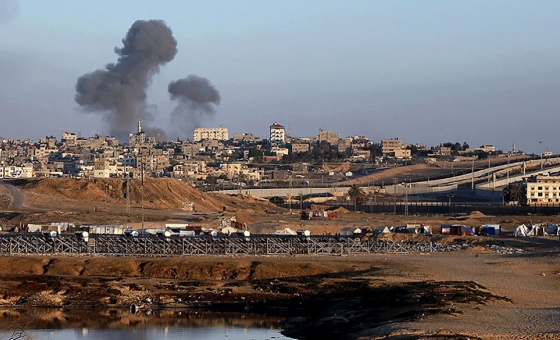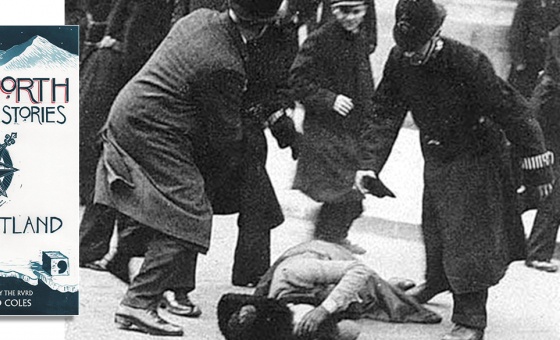This is the last article you can read this month
You can read more article this month
You can read more articles this month
Sorry your limit is up for this month
Reset on:
Please help support the Morning Star by subscribing here
THE PAINTINGS of Andrzej Wroblewski, who died tragically at the age of 29 in 1957 and who left work that was formally decades ahead of its time, got a welcome showing at Zwirner Gallery.

A committed communist, he engaged with the reality of post-war Poland in a manner that shocked the stifled art establishment and confounded the authorities.
His series Executions is focused on the victims to the exclusion of everything else, including the firing squad. It's an example of how Wroblewski recalibrated figurative art, advancing the body as a real and complicated subject and overcoming the limits of its representation. A truly significant artist of the 20th, or indeed any, century.
Killed Negatives: Unseen Images of 1930s America at Whitechapel Gallery was a collection of photographs taken between 1935 and 1944 by Roy E Stryker, head of the information division of the Farm Security Administration, who launched a photographic project aiming to expose US rural poverty at the time of the Great Depression.
But thousands of his 175,000 images — known as “killed negatives” — were hole-punched because they were deemed to be off-message. It was an exhibition which showed how the truth, though aesthetically imperfect, was tampered with — a particularly pertinent issue at a time when news-image editing and “faking” has become far more sinister and deceitful on a daily basis.
There was an unsettling topicality to Ribera: Art of Violence at Dulwich Picture Gallery. In the painted and etched horrors of human cruelty, as well as the ensuing suffering, Jose Ribera put truth before codifying idealism and the aggressively dynamic composition, which challenged most canons of the epoch along with the tenebrist technique, mirrors the dark corners of the human psyche.
These are images that bring to mind Guantanamo interrogators, morally deranged Isis disciples or the indescribable horrors against the Rohingya sanctioned by Aung San Suu Kyi.
Bruce Beasley: Recent Work at Pangolin comprised colourful and joyous sculpted fascicles of “ribbons” swirling in the gallery space as if released from some Gordean knots by the artist's swift sword.
Now almost an octogenarian, Beasley has for 30 years explored the fluid boundaries between creativity and computer technology.
Here the geometry might be programmed but the uneven, textured surfaces evidence and record physical human toil and the intrigue his work engenders alone is a praiseworthy achievement.









